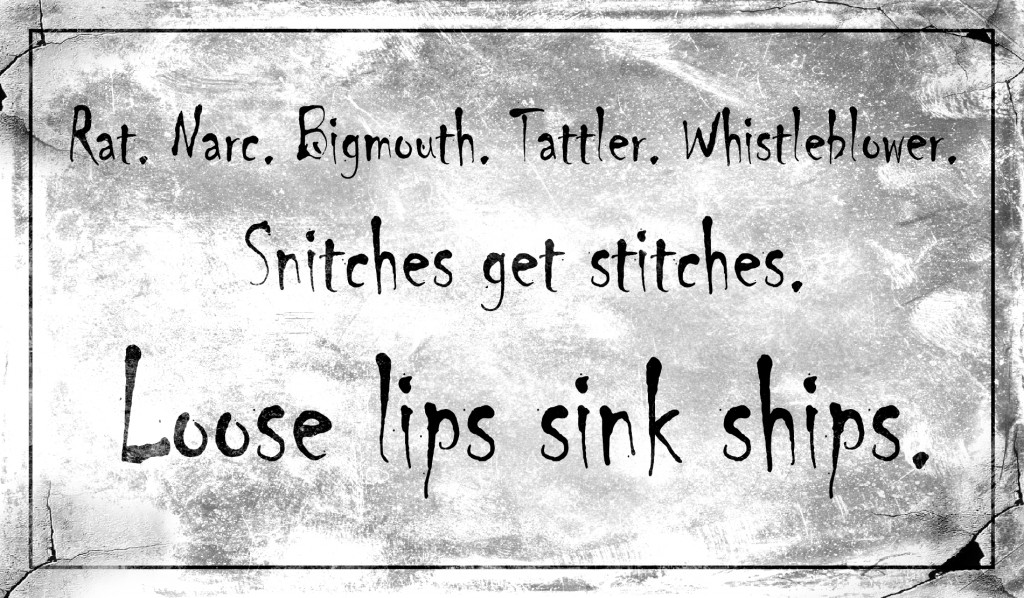UNITED STATES—You already know we live in a society that revictimizes the victim, right? Delegitimizes real victims of crime and loss, with anti-victim generalizations and terminology?
Next week’s topic is LEARNED HATE and important to both hate & helplessness, is that real victims wouldn’t exit if not for those real people creating them.
Defined in college text as “refusal or unwillingness to take on new tasks or challenges resulting from repeated failures or control by others,” learned helplessness can be applied to many scenarios…
The kid unwilling to try any musical instruments after failure at piano lessons and subsequent belittling. The woman whose husband finds his way in every time the authorities remove him. The parent with a negative “self-efficacy” causing him or her to respond differently and maybe give up parenting.
Learned helpless is the child that can’t stop their mother from being beaten, or the youth forced to heal her broken bones with no trip to the doctor. It’s the tired child whose parent tells teachers “he wouldn’t go to bed” instead of “we didn’t come home until 2 a.m.” Thus beginning the world of prescription drugs, to help make child calm or sleep. That child has already been indoctrinated to never dispute the parent, OR ELSE… helpless to speak the truth.
Children like this exist across America, with misdiagnosed ADHD due to the false-reporting of the parent that uses self-preservation bias in order to not admit their failure at parenting. Young children taught, I can’t really help myself even if I try.
You would think the dollars this country puts into child protection services would help our children feel comfortable to come forward, yet it is no wonder they don’t.
Society teaches that victims are WEAK. Victims are CRAZY. If they are not teaching that victims are crazy then they are supporting victimization by reminding children how bad it is to live in an institution, or better yet what the world will think of you if you tell.

In horrible learned helplessness experiments on dogs by researchers Martin Seligman and Steven Maier, it was found that the more trauma (electric shocks) the dogs were subjected to with no way to get out, they learned they could not help themselves and eventually stopped trying.
This can be compared to the research that tells us that parenting is the largest contributor to a child developing a normal and/or healthy LOCUS OF CONTROL–> the extent to which children feel they can control rewards and punishments in their own life. When the psyche of a child is breached it leaves the victim with a trait that makes them a target in the future.
Labeled with society-pleasing terms like submissive, “high tolerance for negative behavior,” or a girl that “always likes bad boys.”
Officially diagnosed with “mental illness” and revictimized in alarming numbers, they fall into a role of what is called “lifetime revictimization” and some of them NEVER learn what good, fair, or honest IS!
Not only do they make perfect targets for an abuser; but the justice system, medical professionals, and even police officers are less likely to take their complaints seriously. These people are part of a ‘big group’ that is finally being researched as POLYVICTIMS.
Instead of ending with the learned helplessness attributed to what Thio’s Deviant Behavior describes “universally shared attitude that women are man’s property,” I would like to go back to the VICTIMOLOGY part of this writing.
The trademark phrase is “playing the victim” and I would like someone to tell me, how does one decide who is and who is not a victim? I did a little obsessing over numbers and came up with a list of people who, whether a victim of a crime or horrible circumstance that led to them losing someone, they can be considered a traumatized “victim.”
When we add 1 individual per statistic, for deaths due to: disasters and weather deaths, suicides, violent assaults, stillbirths, SIDS, murders, child maltreatment-founded, automobile deaths, veterans with PTSD, and rapes that have occurred in the FIVE YEARS, we get a total of 13,657,629. More than 13 million people who very well may feel traumatized and/or like a victim, just within 5 years!
That doesn’t even include the family members of accidental, cancer, and other unexpected deaths that leave a family feeling robbed. Imagine how many victims are walking around, whether the trauma is perceived or real – feeling like a victim.






